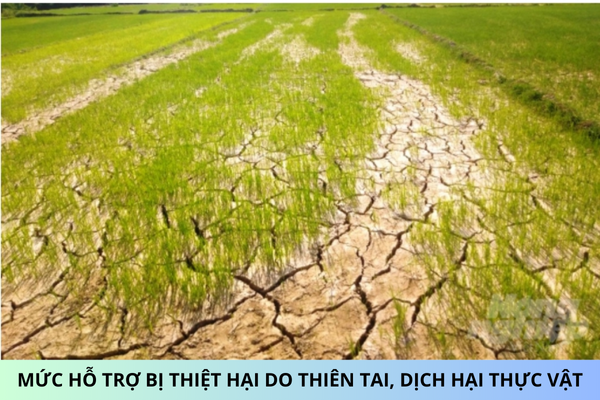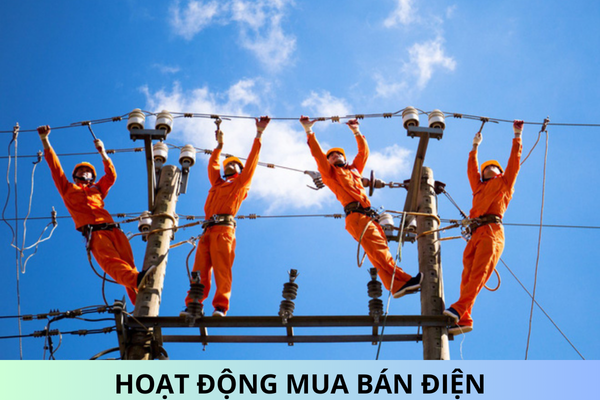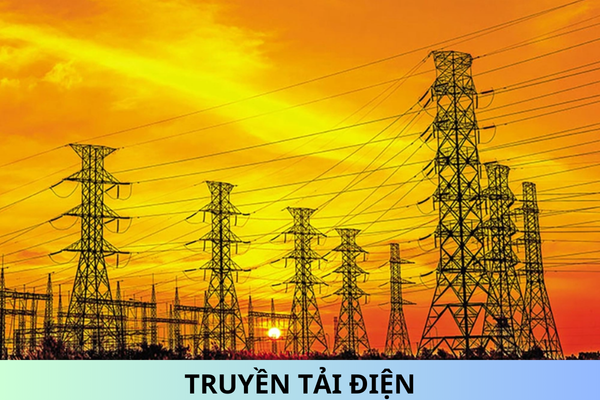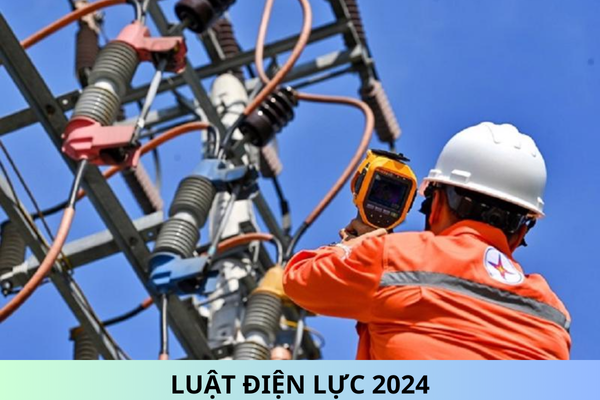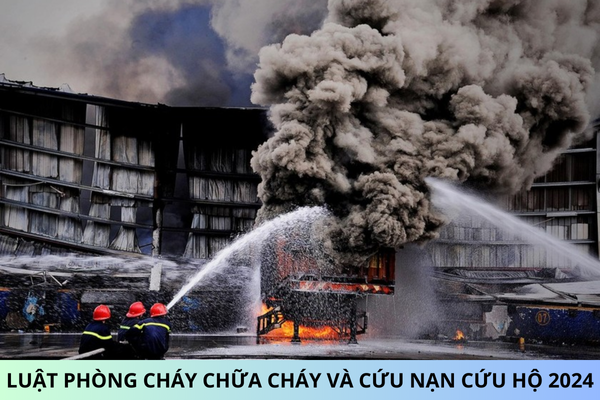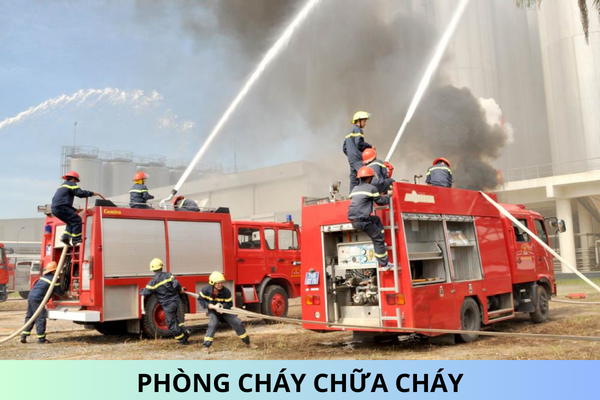By the end of 2025, 100% of street lighting in Vietnam is expected to use LED lights
Is it true that 100% of street lighting in Vietnam is expected to use LED lights by the end of 2025? - Question from Mr.Sang (HCMC)
By the end of 2025, 100% of street lighting in Vietnam is expected to use LED lights
Pursuant to the Directive 20/CT-TTg in 2023, the Prime Minister requests that 100% of street lighting in Vietnam is expected to use LED lights regarding elcetricity conservation during 2023 - 2025 and the subsequent years.
- During 2023 - 2025 and the subsequent years, the whole country must aim to save at least 2.0% of annual electricity consumption.
- Reduce power loss throughout the entire power system to less than 6% by 2025.
- Reduce the peak load of the national power system through the implementation of demand side management (DSM) and demand response (DR) programs, by at least 1,500 MW by 2025.
- By 2030, 50% of office buildings and 50% of residential houses are expected to use solar power from solar self-consumption installation (for on-site consumption, not selling power to the national power system).
- By the end of 2025, 100% of street lighting is expected to use LED lights.
As regulations above, in order to maintain energy security, sustainable development, and economic growth in the near future, the Prime Minister requests that 100% of street lighting in Vietnam is expected to use LED lights.
What are urban lighting management principles and development policies in Vietnam?
Pursuant to Article 3 of the Decree 79/2009/NĐ-CP stipulating urban lighting management principles and development policies in Vietnam as follows:
1. Urban lighting constitutes a specialized urban technical infrastructure uniformly managed with specific assignment and decentralization of responsibilities and powers under law.
2. Urban lighting must ensure economical, efficient and safe use of electricity, environmental protection and comply with technical standards.
3. Urban lighting must be planned; urban lighting development and investment must comply with approved urban planning or urban lighting planning.
4. The State shall formulate strategies for urban lighting development, aiming to invest in construction and unceasingly raise the operation efficiency of urban lighting works, ensuring the quality of urban lighting and incrementally modernizing and developing urban centers in a sustainable manner.
5. The State encourages domestic and foreign organizations and individuals of all economic sectors to invest in, produce arid use high-efficacy and electricity-saving lighting products.
6. Upon repair, replacement and installation of lighting sources and equipment at construction works and urban lighting facilities funded with state budget capital, lighting sources and equipment with certificates of energy-saving products issued by or bearing energy-saving stamps affixed by competent agencies under law must be used.
What are technical requirements for energy-saving street light in Vietnam?
Pursuant to Clause 2, Article 4 of the Regulation on technical requirements for energy-saving street lights promulgated together with Decision 13/2008/QD-BCT stipulating technical requirements for energy-saving street light in Vietnam as follows:
- Optical requirements
+ The r.m.s. factor of the light should not be less than 0.7;
+ Reflective panels must have initial reflectivity not less than 0.8;
+ The protective glass must have an initial transmittance not less than 0.85.
- Structural requirements
+ The lampshade is manufactured according to the degree of protection not less than IP 66;
+ The clamping structure of the lampshade must ensure to hold the lamp firmly in the working position, screws and joints with screws and bolts must ensure against self-loosening;
+ The lampshade must be used for both E and T bulbs.
- Quality and longevity requirements
+ The metal parts of the lampshade must be made of stainless metal or protected against rust;
+ Reflective panels must achieve a reflectivity not less than 90% of the original, after 6000 hours of use;
+ Protective glasses must achieve a transmittance not less than 95% of the original, after 6000 hours of use.
- Requirements on electrical safety
+ Electrical safety requirements for street lights must comply with the requirements in Section 1.3, TCVN 5828-1994 or equivalent technical requirements.
Best regards!
